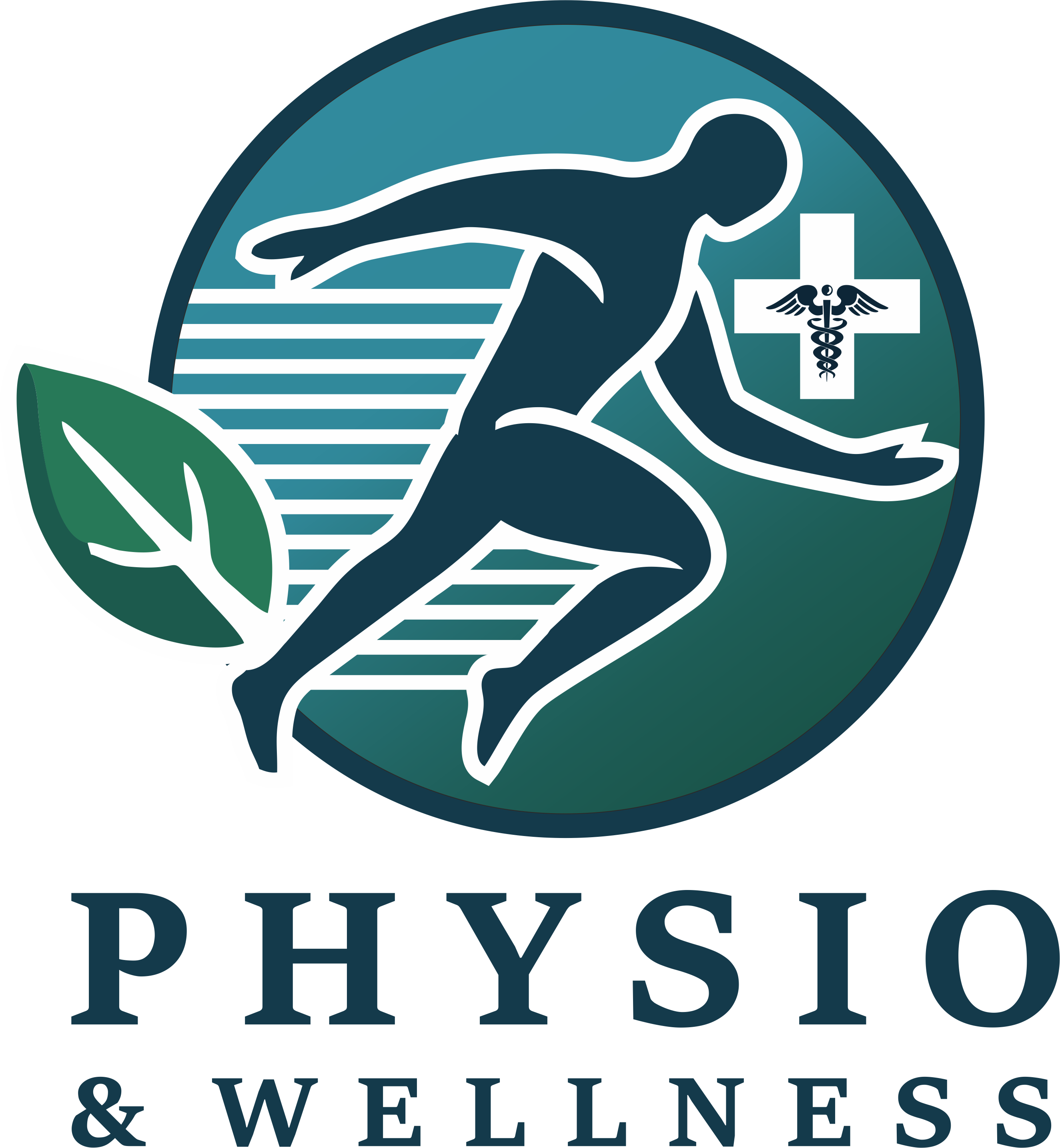
Neurological Rehabilitation
Neurological Rehabilitation provides targeted therapies to support recovery and improve quality of life for individuals affected by conditions such as stroke, paralysis, Parkinson’s disease, and facial palsy. Our programs focus on enhancing mobility, rebuilding strength, and restoring neurological function through specialized exercises, manual therapy, and advanced techniques. By addressing the unique challenges of neurological conditions, we help patients regain independence, improve motor skills, and boost confidence. With a compassionate and personalized approach, our goal is to empower individuals to achieve their highest possible level of physical and functional recovery
Stroke Rehabilitation
Physiotherapy is an integral component of your road to recovery from a Stroke. Stroke known as a cerebrovascular accident is a result of lack of oxygen to the brain due to a clot causing decreased blood flow, or ruptured vessel in the brain. Physiotherapy applied early in the patient journey will improve, function, health, and independence. For most stroke patients, rehabilitation mainly involves physiotherapy. The aim of physiotherapy is to have the stroke patient relearn simple motor activities such as walking, sitting, standing, lying down, and the process of switching from one type of movement to another. Another type of therapy to help patients relearn daily activities is occupational therapy. This type of therapy also involves exercise and training. Speech therapy helps stroke patients relearn language and speaking skills, or learn other forms of communication. Learn more about stroke signs, treatment, and prevention.
Diabetic Neuropathy
Diabetic neuropathy is a type of nerve damage that can occur if a person is suffering from diabetes. Diabetic neuropathy most often damages nerves in your legs and feet. Depending on the affected nerves, diabetic neuropathy symptoms can range from pain and numbness in your legs and feet to problems with your digestive system, urinary tract, blood vessels, and heart. Physiotherapy treatment may help reduce dependency on pain relieving drug therapies. Certain physiotherapy techniques can help alleviate symptoms brought on from diabetic neuropathy such as deep pain in the feet and legs, tingling or burning sensation in extremities, muscle cramps, muscle weakness, sexual dysfunction, and diabetic foot.
Parkinson’s disease
Parkinson’s usually affects people over 60 years of age, but there have been found exceptions to this and some people have been diagnosed at the age of 40 and even younger. Parkinson’s disease is basically a neurodegenerative disorder that affects the dopaminergic neurons in the substantia nigra area of the brain, which is essentially responsible for dopamine production. Dopamine is the chemical that is responsible for carrying messages around the brain Physiotherapy for Parkinson’s disease forms a very important component in Parkinson’s treatment. The main idea behind offering physiotherapy to Parkinson’s patients is to address the issues of mobility, flexibility, posture and balance. Physiotherapy offers great help in the maintenance of patient’s mobility and balance, thereby offering functional independence to them. Physiotherapy exercises also help to mobilize stiff joints and provide flexibility to tight muscles.


.png)